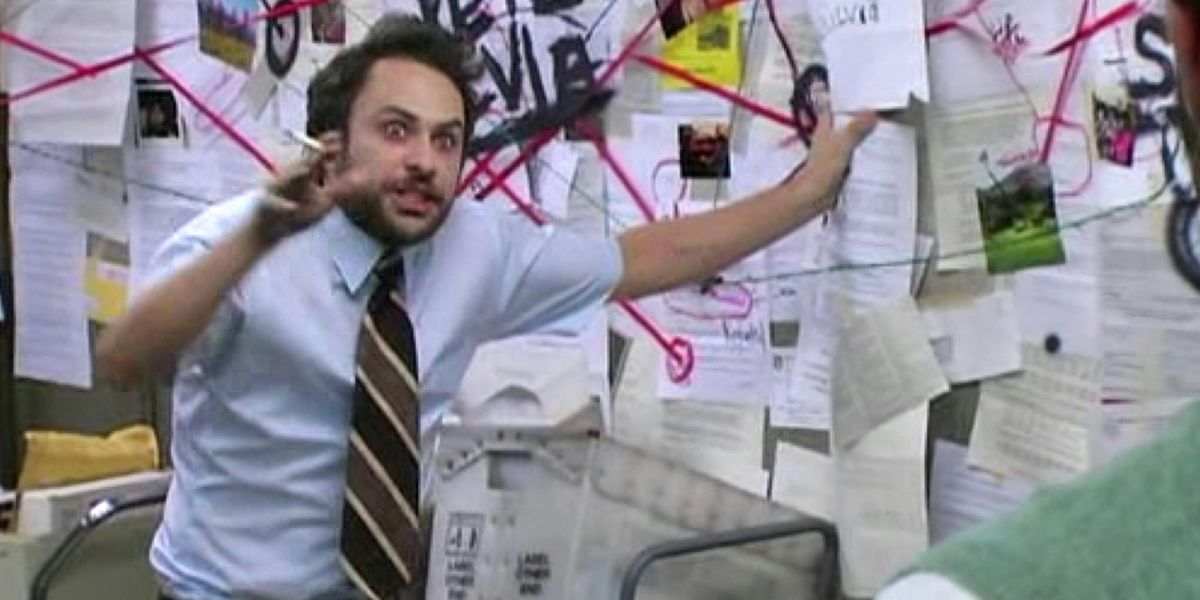In today’s modern world, presentations need to not only entertain and inform, but incorporate technology as well. Combining these ideas seems to leave people with one obvious tool of choice: Microsoft PowerPoint. Unfortunately, overuse and complete dependence of the program have created an obnoxious, ineffective and downright ugly monster.
It happens in almost every classroom. On the day that your fellow classmates each have to give a seven-minute presentation about whatever topic, the projector is fired up and the rest of the class period is spent in a daze. Bullet points, slide transitions and gentle gradients all mesh into one easily forgettable experience.
Even worse is when two (or more!) students use the exact same template and their presentations become almost indistinguishable. I completely understand that in the process of creating and delivering an assignment for class the PowerPoint comes last, but how can you expect to receive a good grade when nothing stood out about
your visual aids?Luckily, PowerPoint is an incredible program. It is so customizable that I can’t believe that anyone would settle for a completely average and impersonal final product. A quick online search will provide a seemingly endless number of templates and tools to help you create a visual aid that actually enhances your information instead of simply holding it all in one place.
But problems with PowerPoint go much deeper than the surface level aesthetics that most people are too lazy to work with. For some reason, everyone is set in the belief that public speaking means a PowerPoint with every drop of information included. It’s not always needed and often only distracts and confuses.
In a New York Times article from April of this year, a reporter wrote that the United States military was dealing with problems stemming from a nasty PowerPoint habit. Slide after slide of bulleted lists weren’t creating the connections needed to accurately show the complexity of certain situations. Or, slides contain so much information that it can be almost laughable to try to interpret.
In military settings, PowerPoint is not only an impractical means of sharing information; it is also incredibly time consuming. According to the article, one army platoon leader said that making PowerPoint slides took up most of his time.
There is no real follow-up to a PowerPoint slide. Information is presented as a list of tidbits to file away and then the next identical slide is shown. Nothing makes an entire room full of attentive eyes glaze over like a string of boring frames.
In classroom settings here on campus, that same problem is happening. Although the consequences are likely a lot less severe, a room filled with your peers and a professor can also make it a struggle to get through your slides. A bad PowerPoint can completely ruin a presentation.
A good PowerPoint is instead used in addition to your speech, not as a replacement. A good PowerPoint lets you tell your information instead of speaking for you. A good PowerPoint is professional and purposeful and isn’t used because it’s just what you’ve always used.
There will almost certainly be another moment in your life when you come face to face with PowerPoint. There is no need to run away screaming or cower in fear. Instead, just be calm and rational. Do you need a visual aid for this? What is the best tool to use? Will you take the initiative to create an impressive final product?
PowerPoint might be the right choice for your next project, and that’s fine. But I encourage you to challenge and check yourself. Don’t allow yourself to use a background and colors that you have seen before. Try to include only pictures or as little text as possible. Stick to one slide per minute of the time limit. Make sure you are in control of the information.
And please don’t use an explosion noise every time you reveal a new bullet point. It really disrupts what could have been an excellent presentation.






